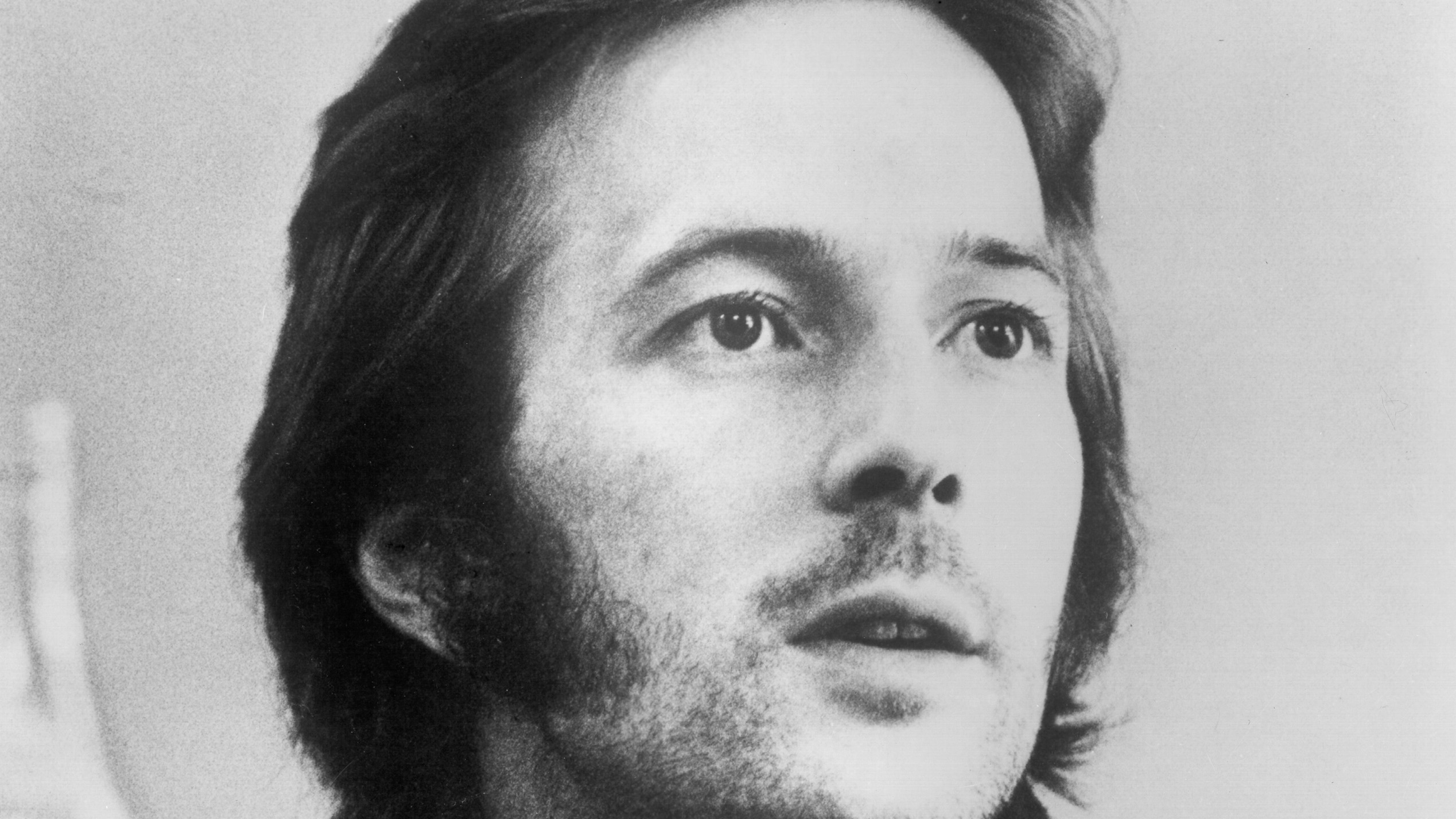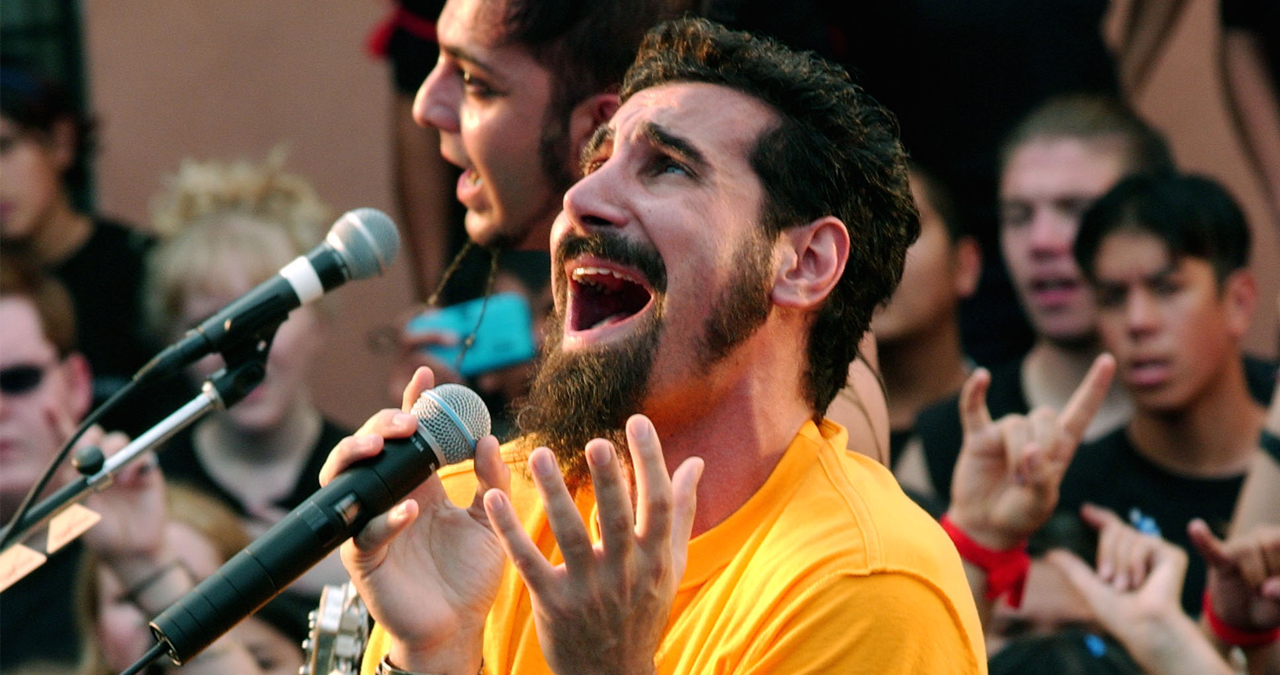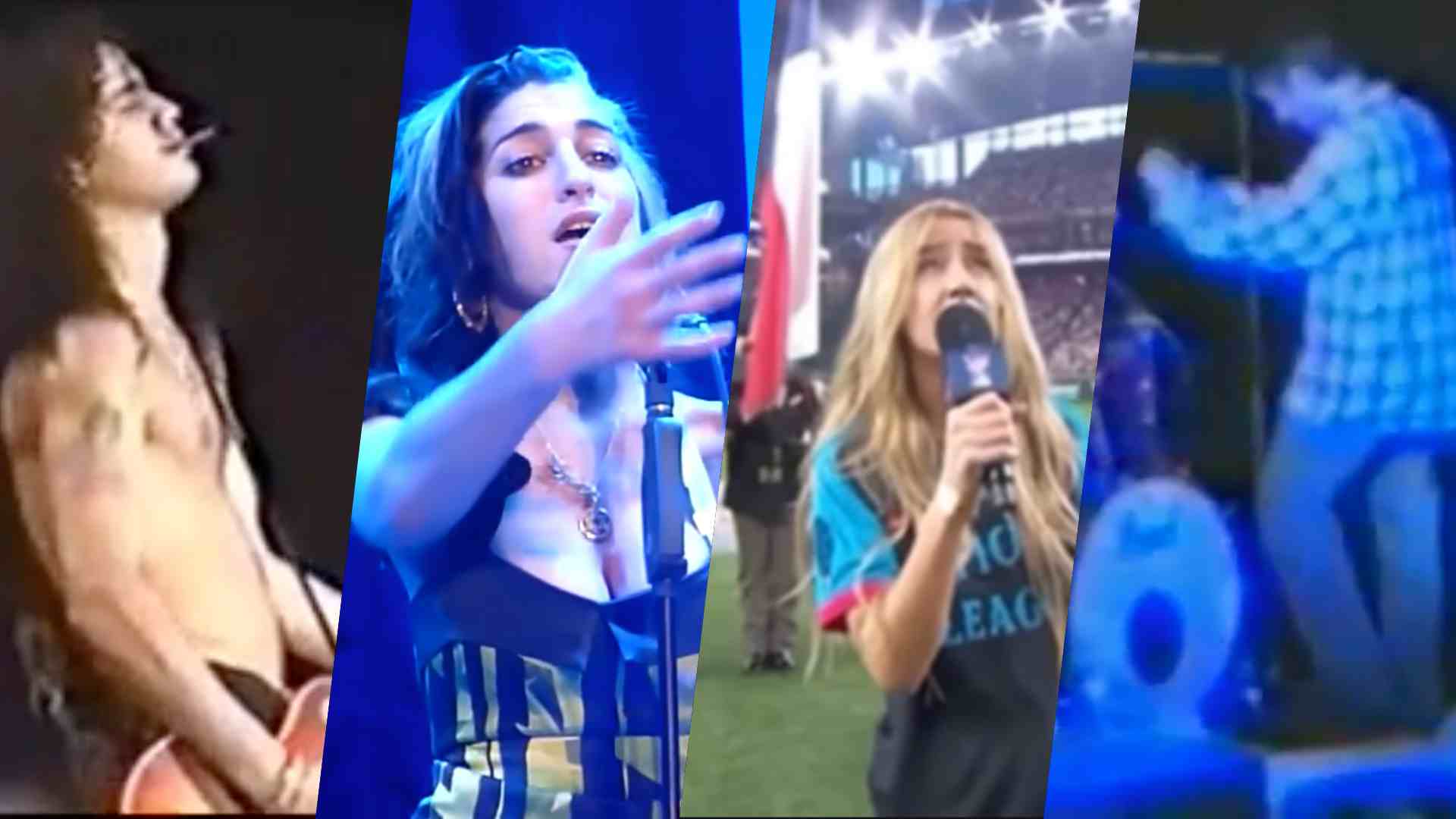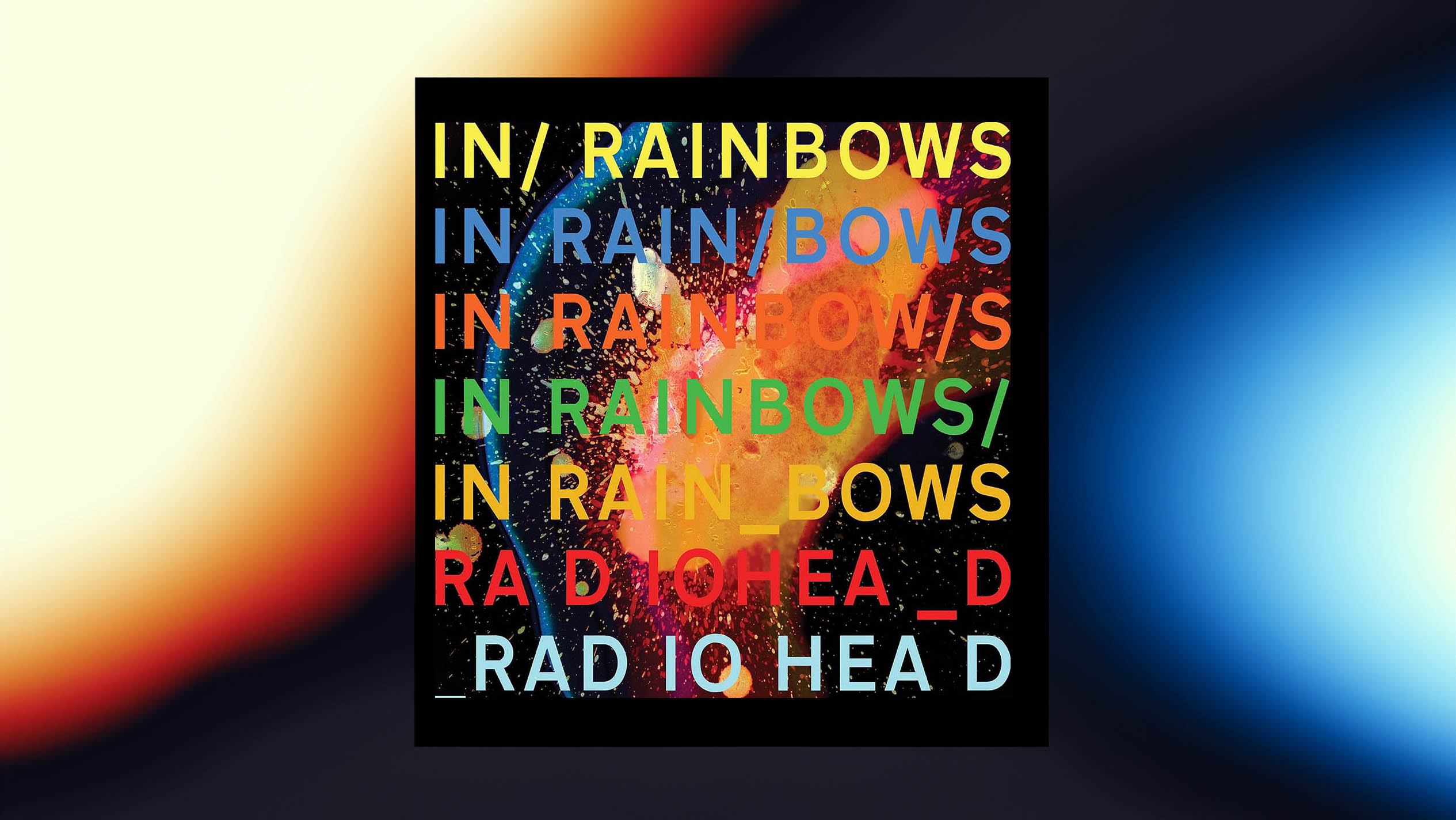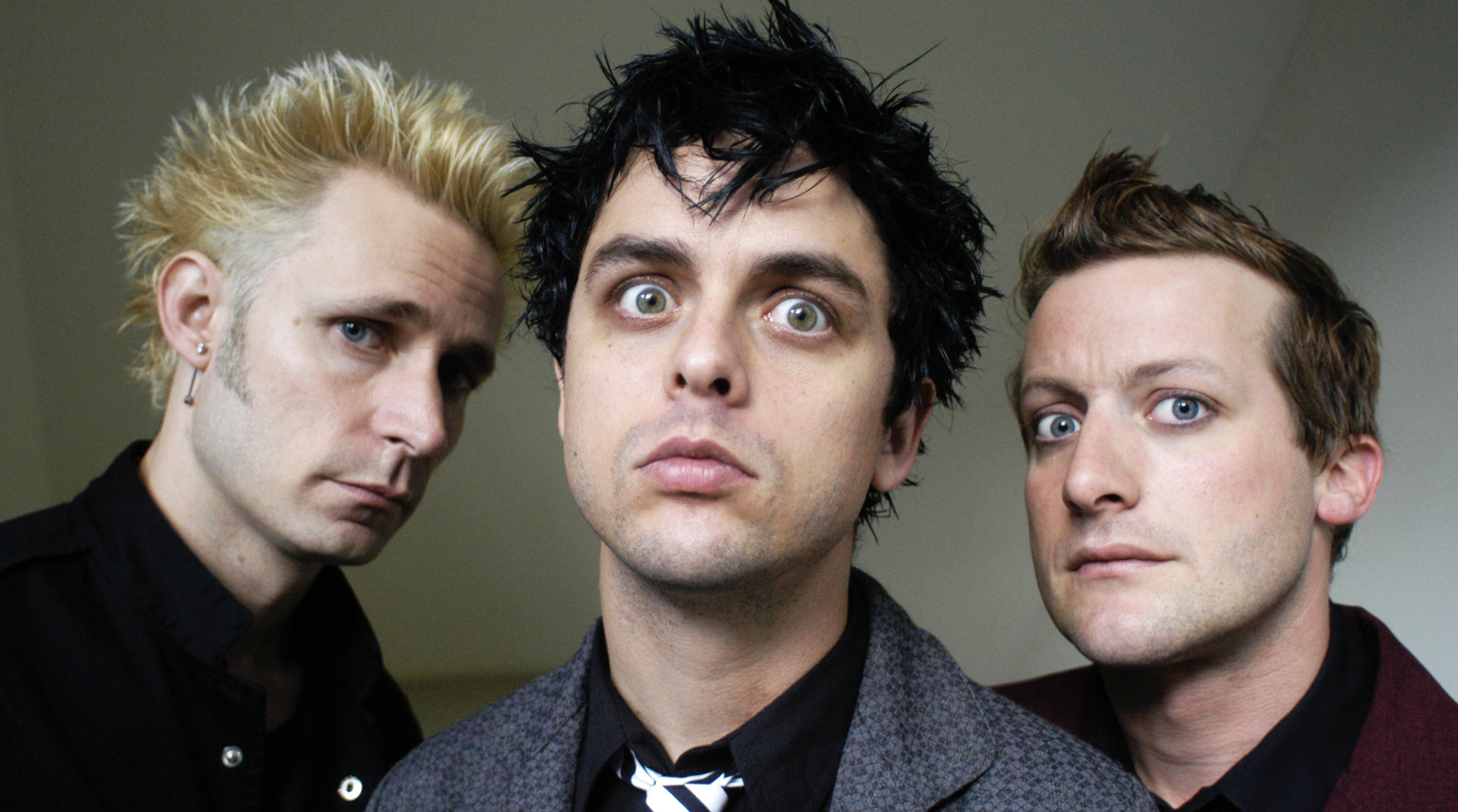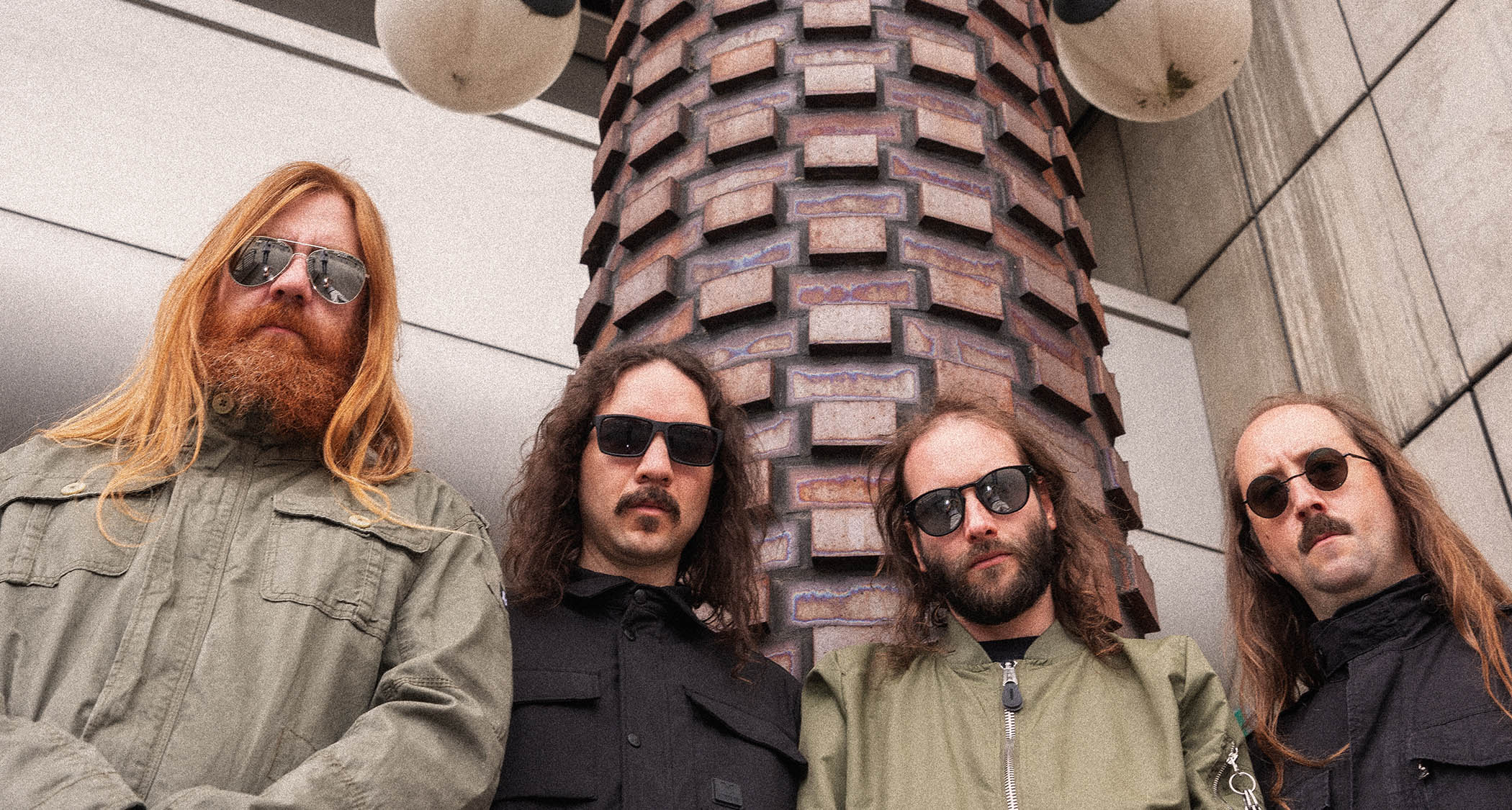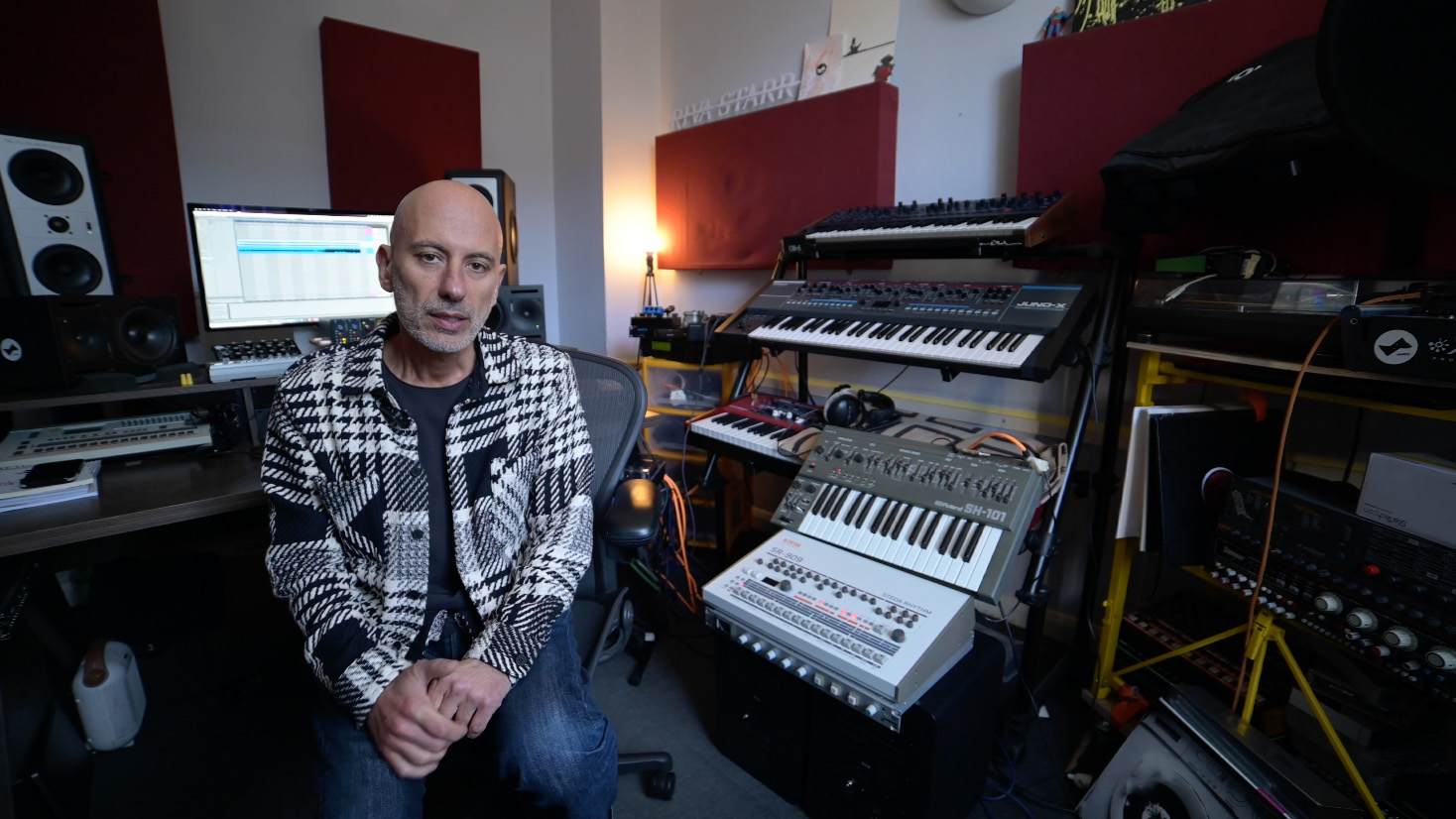“New Year’s Day set the template for a more direct sonic vision for U2 - and marked the point at which they shifted their gaze towards political issues around the globe”: The making of an ’80s rock classic
It was a defining moment for Bono and the boys
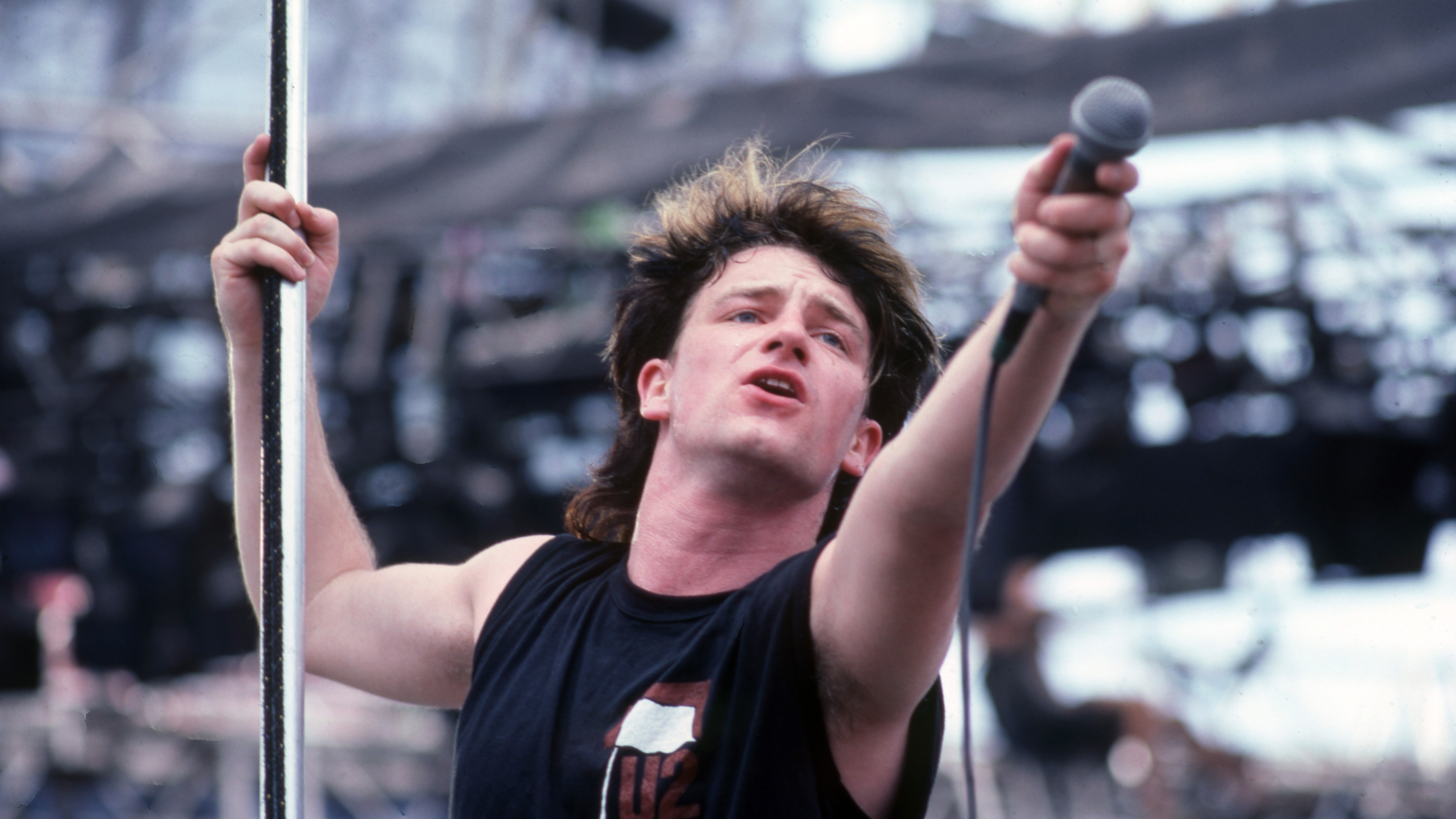
On the evening of 5 June 1983, the four members of U2 walked out onto the rain-lashed stage at Red Rocks Amphitheatre in Colorado to perform a set that would become immortalised in rock history.
The band had first set eyes on this natural amphitheatre, situated between sandstone cliffs in the Rocky Mountains, back in the spring of 1981, when they were on their first US tour promoting their debut album Boy.
"From the moment we saw it, we were thinking, 'Some day we will play here',” said bassist Adam Clayton in the 2006 book U2 By U2. “It was very photogenic.”
The 1983 Red Rocks concert was set up by U2 manager Paul McGuinness as an opportunity to shoot a film that would showcase the band's electrifying live act and help promote them to American audiences and promoters. The resulting video Under A Blood Red Sky would exceed all expectations, helping to break them in America and ensure heavy rotation on media outlets such as the hugely influential new music channel, MTV.
The Red Rocks concert was scheduled in the middle of the band’s 110-date tour of the US, Europe and Japan, to promote their third album War. One of the highlights of the set that evening was their performance of the album’s lead single, New Year’s Day.
It was U2’s first international hit and transformed their careers. New Year’s Day stormed the UK charts, reaching No. 10, and was the band's first song to enter the Billboard Hot 100 in the US.
New Year’s Day was a defining moment for U2. “The song and its sound served as a culmination of U2's work to date,” wrote Denise Sullivan of AllMusic. “It signalled the group's end as a young, scrappy yet determined band on the way up and opened the door toward a longstanding career as professional agents of love and change in the big arenas.”
Get the MusicRadar Newsletter
Want all the hottest music and gear news, reviews, deals, features and more, direct to your inbox? Sign up here.
The band’s vocalist Bono began writing the lyrics to New Year’s Day soon after he married his childhood sweetheart Ali on 31 August 1982. It started out as a love song for her. But the lyrical focus of New Year’s Day and the album soon shifted.
War would become the band’s first overtly political album, drawing inspiration from various worldwide conflicts taking place that year. “War seemed to be the motif for 1982,” Bono told Adrian Thrills of the NME.
Bono’s revised lyrics for New Year’s Day were inspired instead by Solidarity, the Polish trade union movement that was effective in challenging the communist regime in Poland. A series of strikes resulted in martial law being imposed in December 1981 and Solidarity’s leader, Lech Walesa, along with other leaders and activists, was arrested and incarcerated.
Bono told the Rolling Stone in 2012 that he made up the lyrics for New Year’s Day on the spot. "We improvise, and the things that came out, I let them come out,” he said. “I must have been thinking about Lech Walesa being interned. Then, when we'd recorded the song, they announced that martial law would be lifted in Poland on New Year's Day. Incredible."
In his 2009 book U2 Into The Heart: The Stories Behind Every Song, writer Niall Stokes explained how the song evoked broader themes. “The impressionistic political backdrop infused the track with a sense of separation and longing that captured the mood of the time in an unexpected and hauntingly enduring way,” he wrote.
The title of the Live at Red Rocks video, Under A Blood Red Sky, would be taken from the lyrics to New Year’s Day.
The song opens with a distinctive bassline from Adam Clayton, which follows the root notes of the Am - C - Em chord pattern. Clayton reportedly used his Aria Pro II bass to record the song, which was one of the first basses he owned and used. According to Niall Stokes, Clayton came up with this part in a soundcheck while trying to work out the chords for Fade To Grey by Visage.
Sonically, U2 had come a long way since forming in 1976 while they were all attending Mount Temple Comprehensive School in Dublin. What became a post-punk band gradually developed into a far bigger, more anthemic sounding outfit, characterised by Bono’s powerful, expressive vocals and the epic, chiming, effects-based sounds created by guitarist David Evans – aka The Edge
When it came to selecting the recording studio for the War album, U2 returned once more to Windmill Lane Studios in Dublin, a studio they had used for their first album Boy (1980) and the follow-up October (1981). The War album was recorded from September to November 1982 and they chose the same producer they had used on the previous two albums, Steve Lillywhite, who had been instrumental in helping them carve out their distinct sound.
Drummer Larry Mullen Jr. reportedly used a click track for New Year’s Day and all the songs on War. The click track was allegedly Lillywhite’s idea and was first tried on the album’s opening track Sunday Bloody Sunday.
Mullen was reportedly reluctant to use a click at first but changed his mind after a chance meeting with Andy Newmark, drummer with Sly & The Family Stone, who also worked with John Lennon, David Bowie, George Harrison, Pink Floyd and Roxy Music. Newmark told Mullen that he regularly used a click track in the studio.
New Year’s Day is big, bold and anthemic. Mullen and Clayton are tightly locked in and driving the 133 bpm track forward with real power and urgency. The Edge’s guitar in particular sounds vast, with sounds ranging from warm, growling overdriven tones to massive delay and reverb. Yet within it all, Lillywhite maintains heaps of space in the mix.
The lyrics still contain remnants of a love song – “I want to be with you/Be with you night and day” – but in the new political context of the song they take on a much bigger, life-affirming meaning.
Ever since the first album, the Edge’s guitar work was the element that really gave the band its unique spacious sound, with a strong use of harmonics and effects such as a Roland RE-150 Space Echo , the Electro-Harmonix Memory Man analogue delay and the Korg SDD-3000 delay.
But the War album signalled a shift to a far more direct guitar sound, with less reliance on effects, and this is evident on New Year’s Day. One of the song’s biggest hooks is the beautifully simple yet memorable piano line played by the Edge. When they performed the song live, he would sit at a Yamaha CP70 electric grand piano with his black Strat on his lap, alternating between instruments – choppy staccato rhythms on guitar and mellifluous piano lines – before standing and striding forwards for the guitar solo break.
Adam Clayton’s dynamic bass line and The Edge’s piano motif intro the song, before a short vocal refrain from Bono and then three snare cracks at 0:07 as Mullen’s drums kick in.
Bono’s vocal, as ever, is a full and powerful instrument. Details are sketchy about what mic he used to record the vocals on this album but he famously went on to use a Shure SM58 in the studio, an unorthodox choice for recording vocals as they are mostly used for live performance.
Opinions vary on the precise set-up The Edge used for the recording of New Year’s Day. On the War tour he used Vox AC-30s and Roland JC-120s but anecdotal reports suggest he used a Vox AC-30 for the recording of New Year’s Day. His main guitars back then were a Gibson Explorer and black 1973 Stratocaster. But the guitar he used to write and record the song was his 1975 Gibson Les Paul Custom.
In March 2007, The Edge donated this guitar and other musical items to charity to raise funds for the victims of Hurricane Katrina. “I bought this guitar down on 49th street in New York city in 1982,” he is quoted as saying on the Les Paul Forum. “It was the third guitar I ever bought, after my Explorer and my black Strat. I wanted that Steve Jones’ Never Mind The Bollocks sound, so I got the same guitar right down to the colour. I never could get that sound, but I found a bunch of songs in this instrument… I will miss this one, not for sentimental reasons but because it's my New Year’s Day guitar.”
On 1 January 1983, New Year’s Day was released as a single in the US and then one week later in the UK. Clips of U2’s stunning performances of New Year’s Day and Sunday Bloody Sunday from the Under A Blood Red Sky video at Red Rocks helped to fuel interest in the band. The official video of New Year’s Day, directed by Melert Avis and shot in December 1982 in the depths of the Swedish winter, would also yield heavy MTV rotation.
New Year’s Day set the template for a more direct sonic vision for U2 and marked the point at which they shifted their collective gaze towards political issues around the globe. Lyrically though, they dealt with such subjects with the broadest of lyrical strokes, a decision that would ensure longevity for songs such as New Year’s Day.
“U2’s decision to omit overt, specific references to the political turmoil of the era was a wise one,” wrote Jim Beviglia of American Songwriter magazine in 2021. “As a result, New Year’s Day will never become dated. At the end of each passing year, listeners can hear the song’s combination of clear-eyed angst and imperishable hope and apply it to their own tumultuous times.”
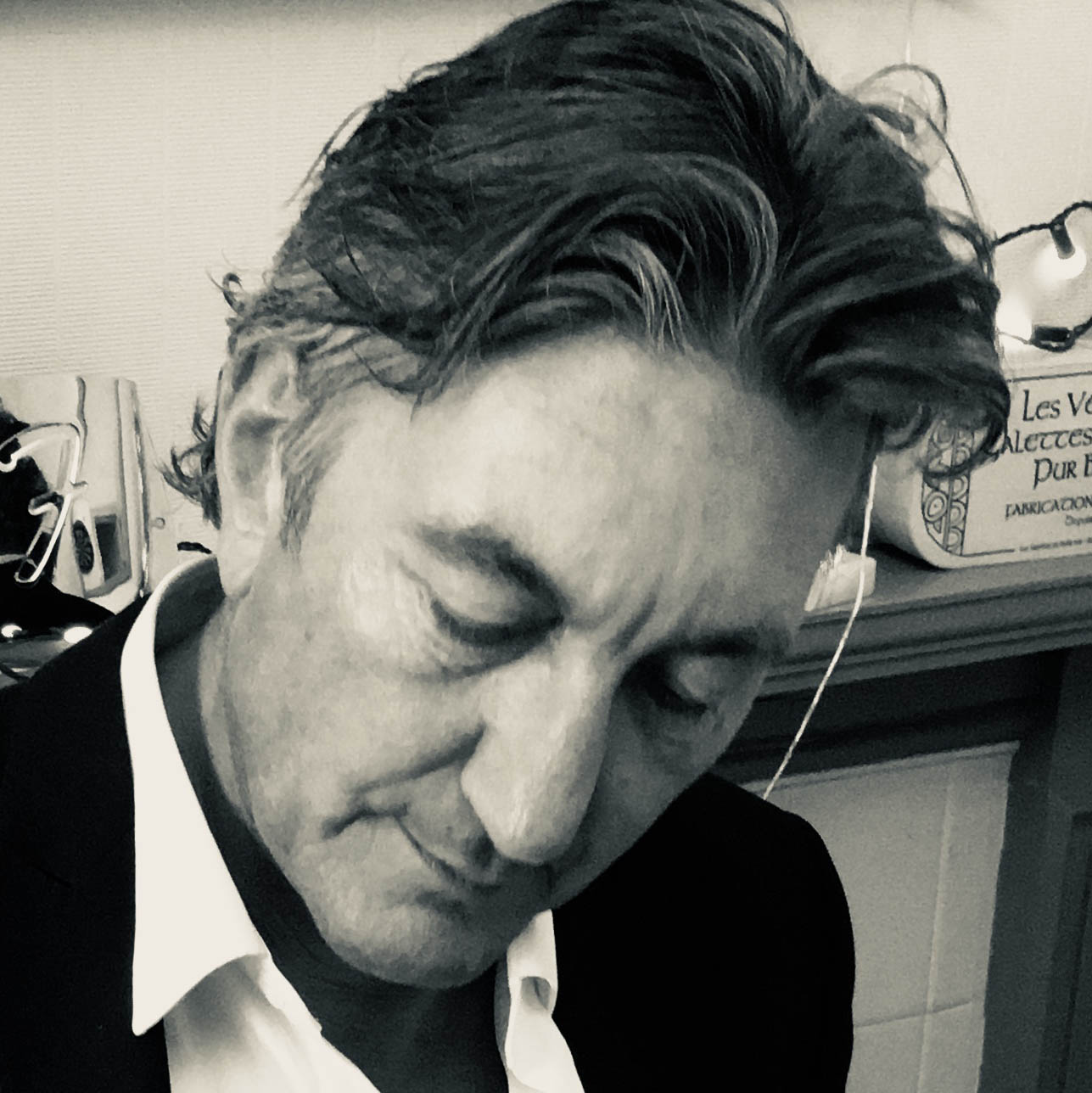
Neil Crossley is a freelance writer and editor whose work has appeared in publications such as The Guardian, The Times, The Independent and the FT. Neil is also a singer-songwriter, fronts the band Furlined and was a member of International Blue, a ‘pop croon collaboration’ produced by Tony Visconti.
"There had to be some sort of telepathy going on because I've never seen spontaneous inspiration happen at that level”: The genius of Eric Clapton's controversial masterpiece, Layla
"I said, ‘What’s that?!’ He looked at me strange and said, ‘We’re line checking. We’ll be gone in five minutes’. I said, ‘You won’t - meet me in that room in 10 minutes’": How a happy synth accident inspired a US number 1 single for Terence Trent D’Arby


